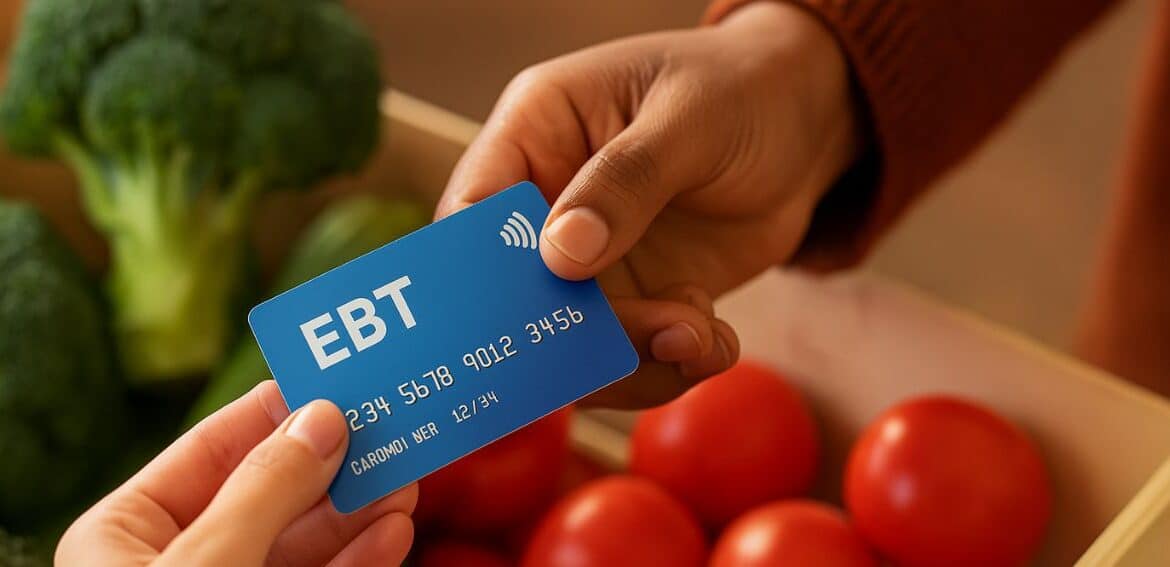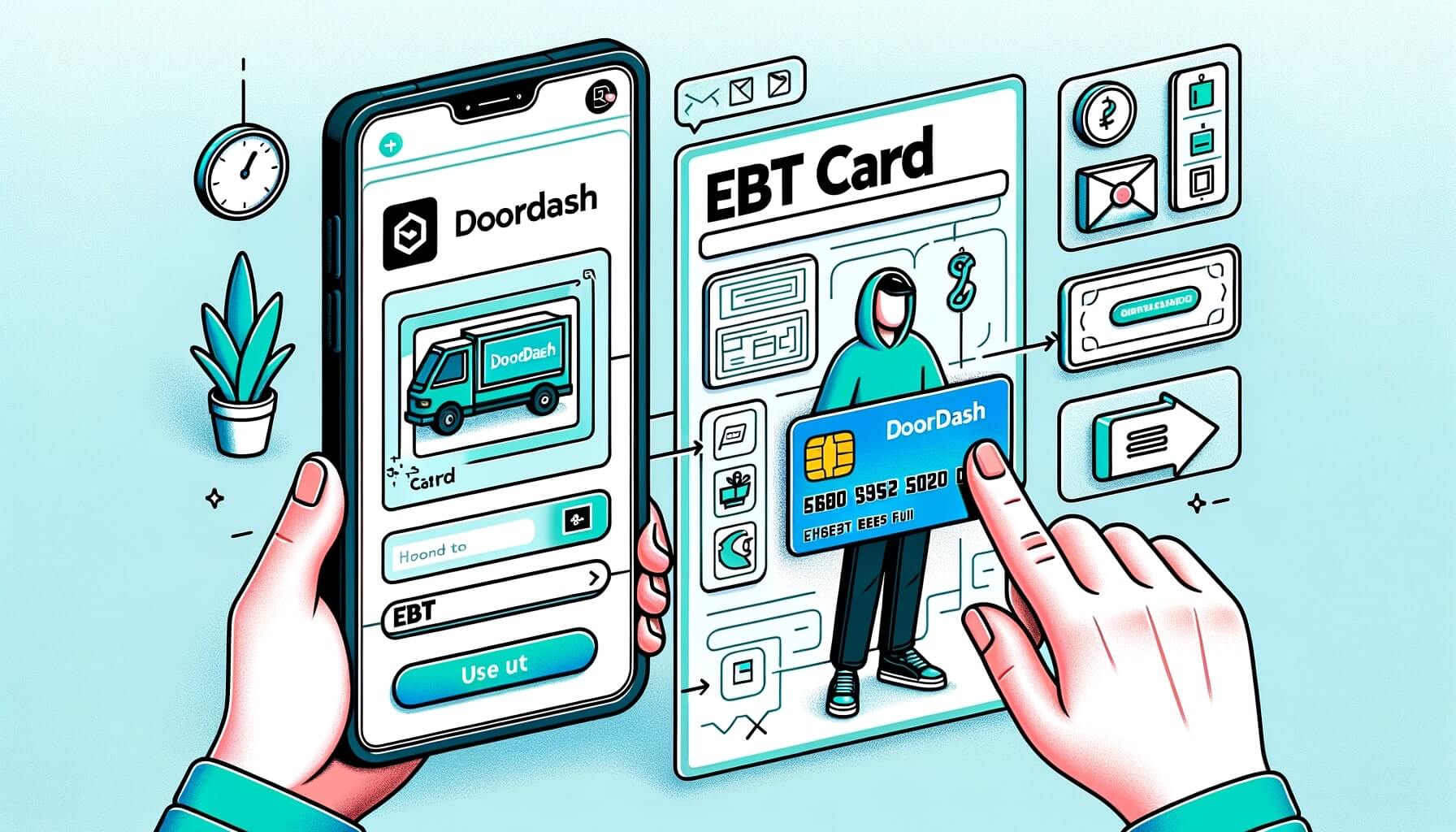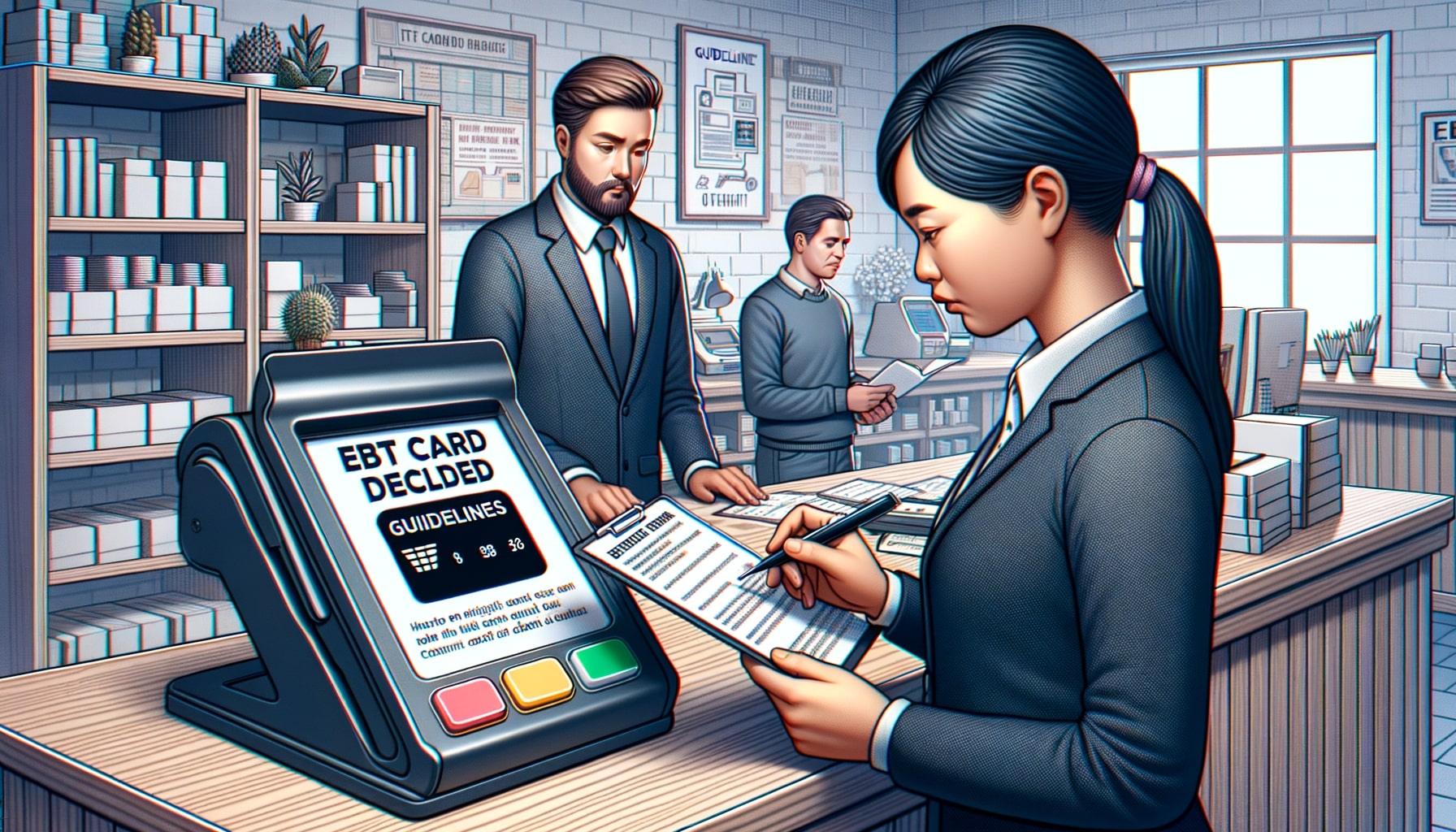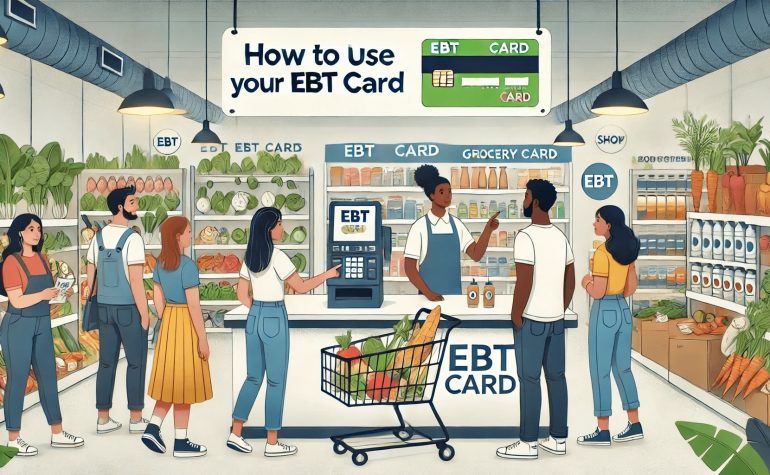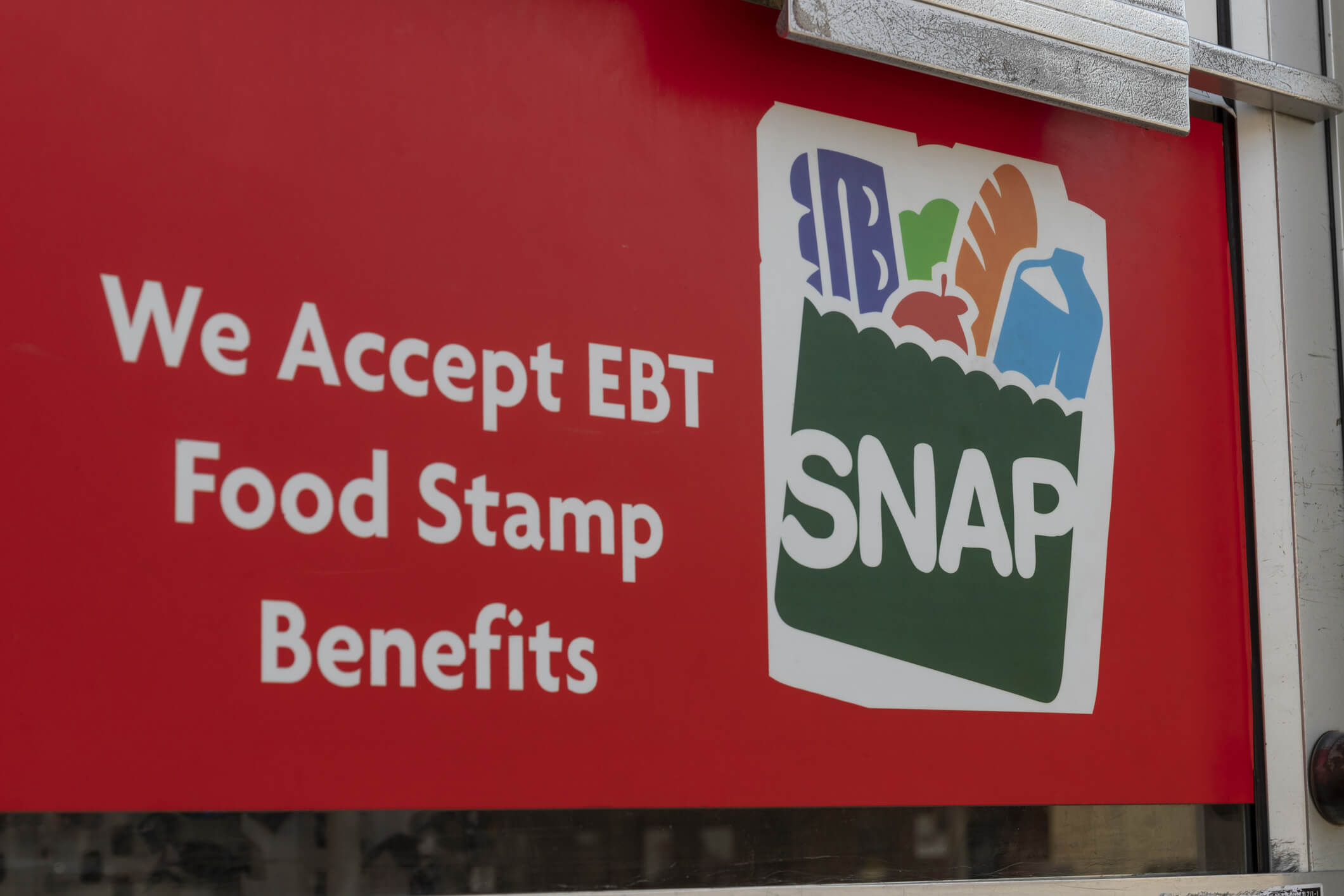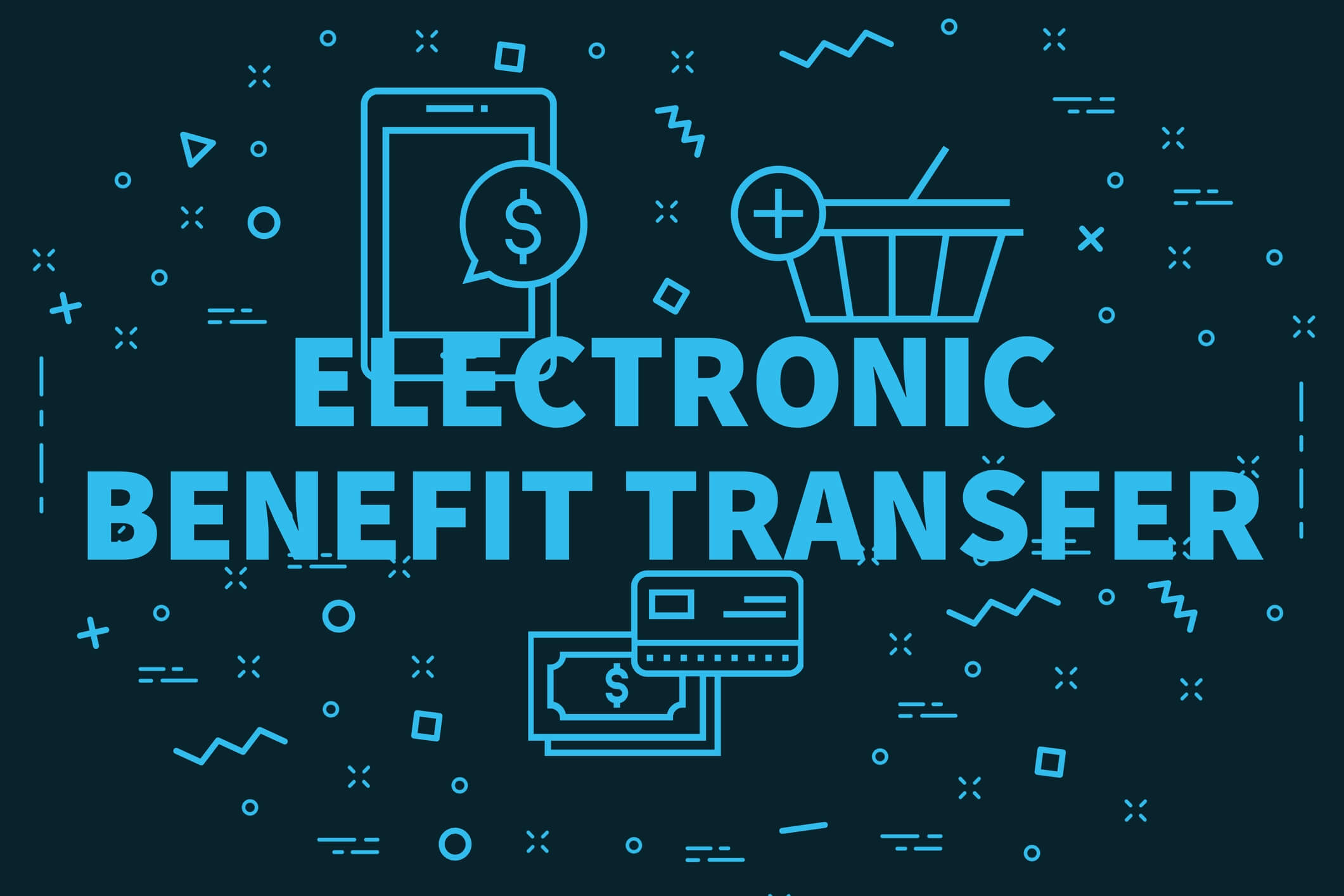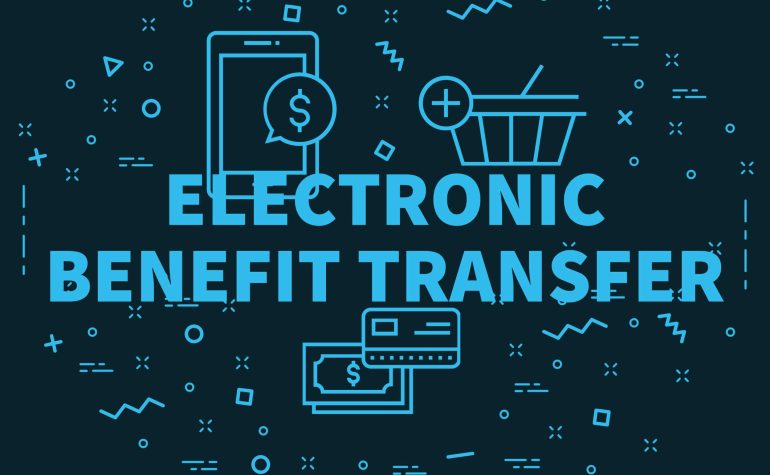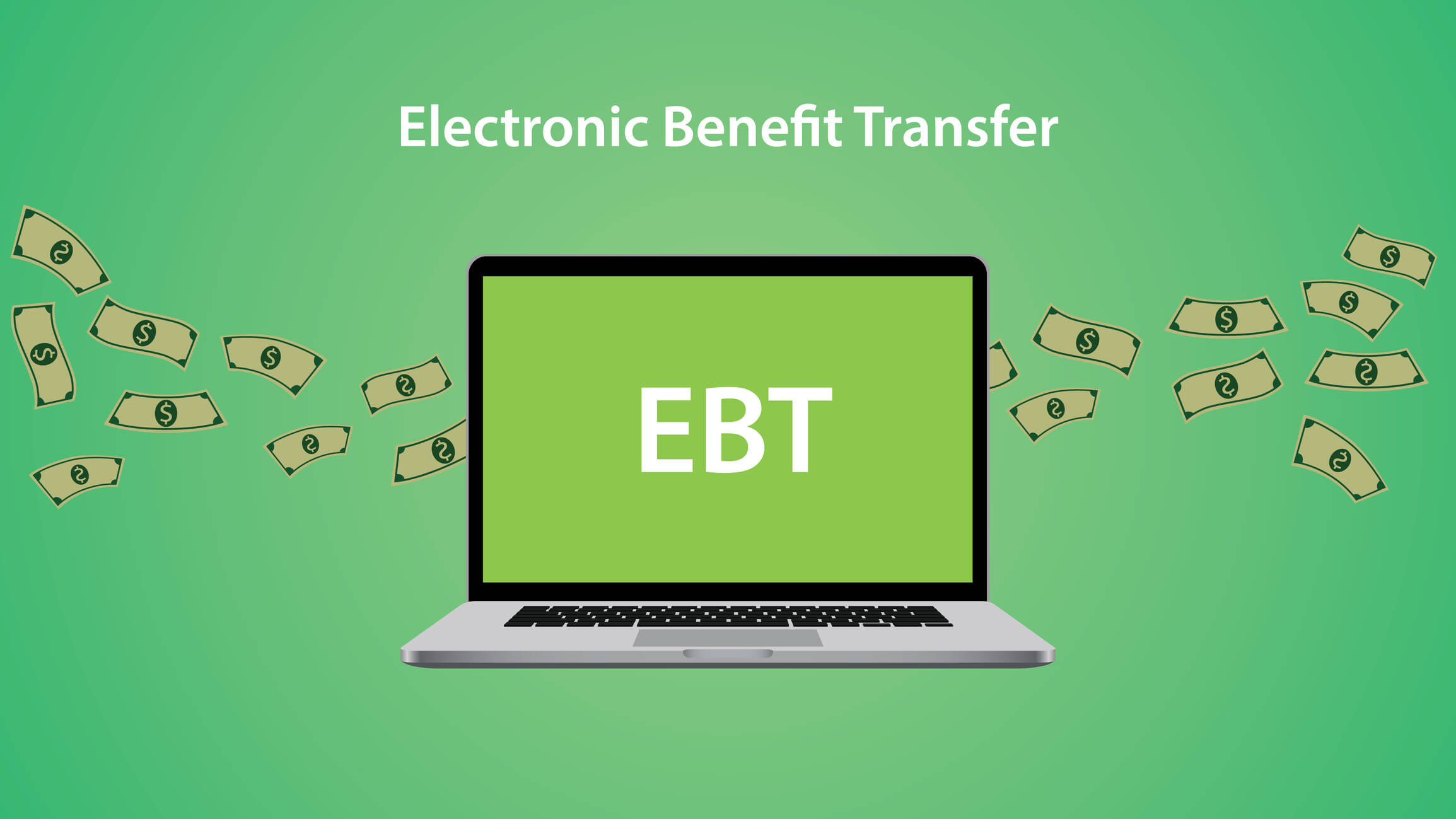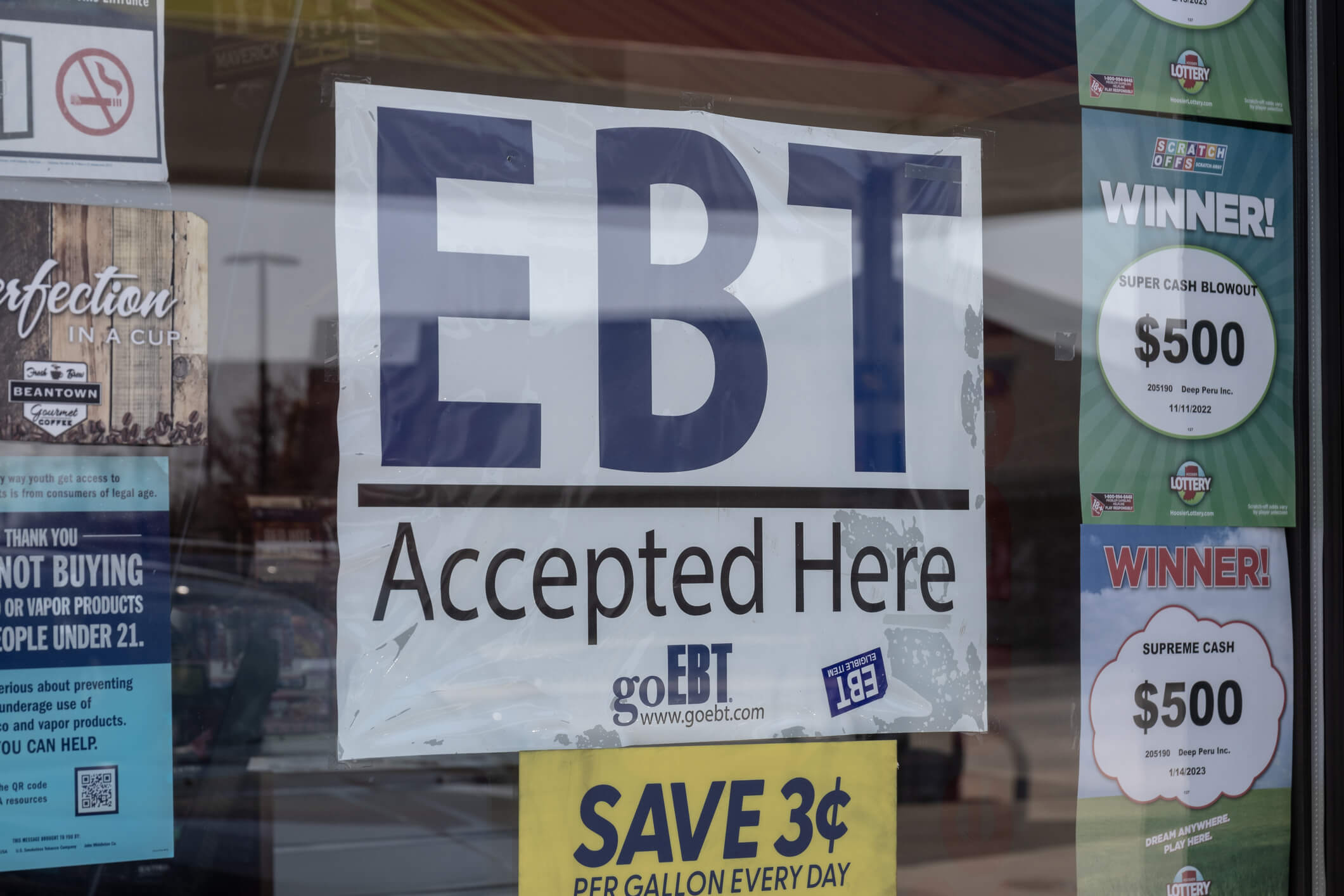EBT (Electronic Benefit Transfer) is a convenient way for SNAP recipients to access nutritious food using a debit-style card. While EBT is not accepted at campgrounds, it can be used at many local farmers markets, farm stands, mobile markets, and even for Community Supported Agriculture (CSA) programs. These outlets often...
EBT Cards and SNAP Benefits: A Quick Guide for New Merchants
In today's society, it is crucial for businesses to adapt to the changing needs of their customers. One such change is the increasing use of Electronic Benefit Transfer (EBT) cards and the Supplemental Nutrition Assistance Program (SNAP) benefits. As a merchant, understanding how EBT cards and SNAP benefits work, and...
How to Use Your EBT Card on DoorDash
In today's fast-paced world, convenience is key. With the rise of food delivery services like DoorDash, getting a hot meal delivered to your doorstep has never been easier. But what if you rely on government assistance programs like the Supplemental Nutrition Assistance Program (SNAP) and use an Electronic Benefit Transfer...
What Is EBT Card Skimming
In today's digital age, financial fraud has become increasingly sophisticated, targeting various payment methods and systems. One such method is EBT card skimming, which poses a significant threat to individuals relying on Electronic Benefit Transfer (EBT) cards for their essential needs. EBT card skimming involves the unauthorized collection of cardholder...
How to Handle EBT Card Declines in Your Store
Electronic Benefit Transfer (EBT) cards are a vital resource for millions of low-income individuals and families across the United States. These cards allow recipients to access their government-issued benefits, such as Supplemental Nutrition Assistance Program (SNAP) funds, at authorized retailers. However, EBT card declines can occur, causing frustration for both...
How to Educate Customers on Using EBT Cards
In today's modern world, electronic benefits transfer (EBT) cards have become an essential tool for millions of low-income individuals and families to access vital food assistance programs. EBT cards, also known as SNAP cards or food stamp cards, provide a convenient and secure way for eligible individuals to purchase groceries...
What is an EBT Card for Seniors
In today's society, many seniors face financial challenges and struggle to meet their basic needs. To address this issue, the government has implemented various assistance programs, one of which is the Electronic Benefit Transfer (EBT) card. This comprehensive guide aims to provide seniors with a detailed understanding of what an...
What is an EBT Card Used For
In today's society, there are various government assistance programs aimed at providing support to low-income individuals and families. One such program is the Electronic Benefit Transfer (EBT) system, which utilizes EBT cards to distribute benefits to eligible recipients. This comprehensive guide will delve into the details of what an Electronic...
How to Apply for EBT Card
The Supplemental Nutrition Assistance Program (SNAP), formerly known as the Food Stamp Program, provides eligible low-income individuals and families with funds to purchase food. The Electronic Benefit Transfer (EBT) card is the primary method of distributing these benefits. In this comprehensive guide, we will walk you through the process of...
How to Activate an EBT Card
An Electronic Benefit Transfer (EBT) card is a plastic card that allows individuals and families with low income to access government assistance programs such as the Supplemental Nutrition Assistance Program (SNAP) and Temporary Assistance for Needy Families (TANF). EBT cards work similarly to debit cards, allowing users to make purchases...
EBT Card Reader Costs for Vending Machines: What to Expect
Vending machines have become an integral part of our daily lives, providing convenient access to snacks, beverages, and other products. However, not everyone has the means to purchase these items using traditional payment methods. This is where Electronic Benefit Transfer (EBT) cards come into play. EBT cards are issued by...
